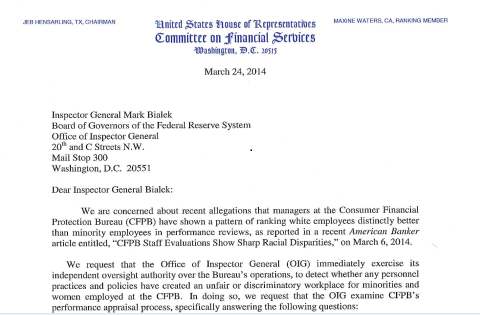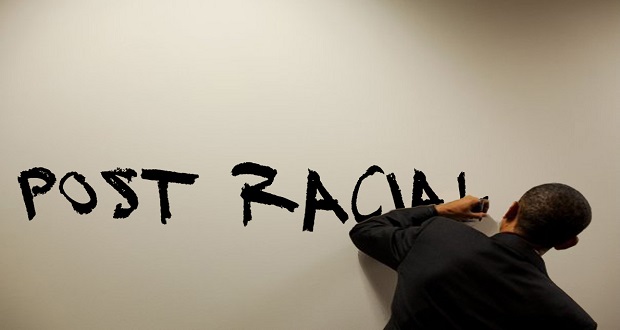
There have been a number of studies over the years that show that women and people of color often receive disproportionately lower performance ratings. This issue received recent attention at the federal government level with allegations that the Consumer Financial Protection Bureau (CFPB) has shown a pattern of rating white employees higher than Black employees. An article in American Banker prompted the Committee on Financial Services to call for an independent analysis.

In my experience, few organizations conduct analyses of performance rating disparities. Pay equity studies are fairly common practices but I find that performance analysis are not necessarily linked to those studies.
There are three key pieces of data that can be analyzed and correlated to determine if there is an issue relative to fair and equitable performance reviews.
- Engagement and or inclusion surveys that ask a question such as: I think the policies are administered fairly and consistently at my organization. If there are significant differences in perception by demographic group, this is the first clue that there might be a problem. If the perceptions are not factual, conducting a more robust analysis of pay and performance can help to dispel the concerns.
- Performance rating trend data by demographic group and by level within the organization. Sometimes less sophisticated HR systems cannot link demographic variables with performance ratings. If this is the case in your organization, it is worth working with your IT group to correct the issue.
- Pay data by demographic variables including merit increase information. We have found that sometimes even when women and people of color are rated highly, it does not translate into a raise commensurate with the rating. In other words, lower rated white men may receive higher merit increases.
You should not be caught in the situation of the CFPB. If you are tracking this data on a regular basis, you can point out the discrepancies and make sure they are corrected. I recognize that this is a complex issue and that often the disparities stem from deep-seated unconscious bias and lack of cultural competence; but as diversity and inclusion practitioners, we must be ever vigilant in supporting managers to become more aware of their “blind spots.”


















